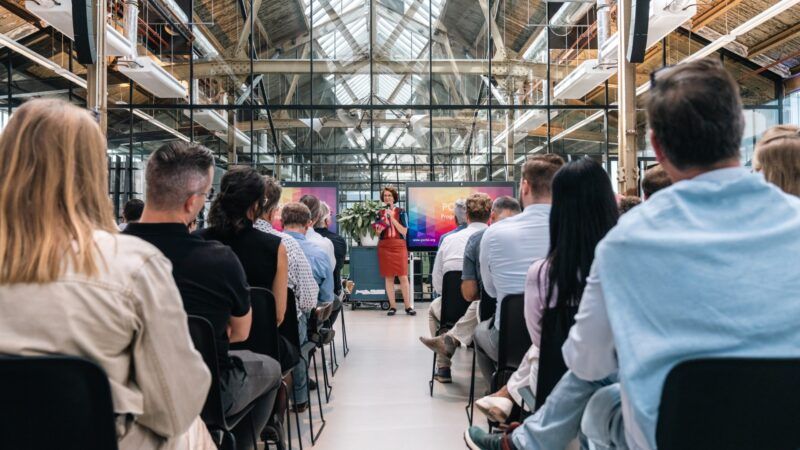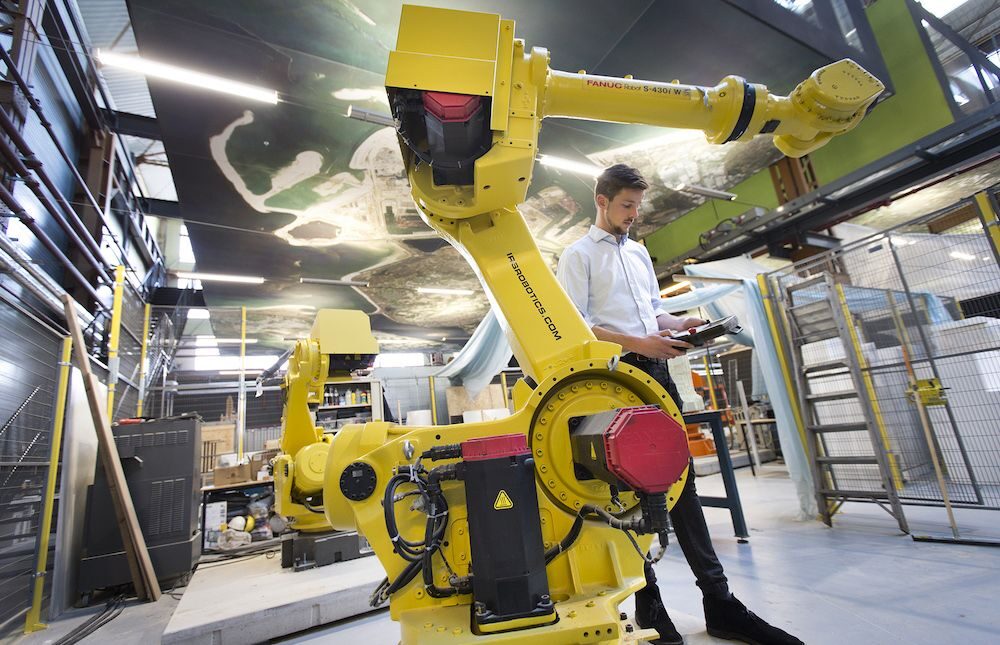 The Skel-Ex company, located in the Rotterdamsche Droogdok Maatschappij (RDM), designs and markets ergonomic exoskeletons to minimize the risk of injury to shipbuilding workers. (Image by RDM)
The Skel-Ex company, located in the Rotterdamsche Droogdok Maatschappij (RDM), designs and markets ergonomic exoskeletons to minimize the risk of injury to shipbuilding workers. (Image by RDM)
Port innovation districts: synergies between the city and the port
In addition to their role as hubs in the logistics chain, ports are taking on a new role as poles for talent attraction and technology generators. This magnet exercised by ports has a positive impact on cities, as new synergies and models are created in which both cities and ports win. This improves the integration between port and city, adding value to spaces left in disuse for traditional port activities.
 The Skel-Ex company, located in the Rotterdamsche Droogdok Maatschappij (RDM), designs and markets ergonomic exoskeletons to minimize the risk of injury to shipbuilding workers. (Image by RDM)
The Skel-Ex company, located in the Rotterdamsche Droogdok Maatschappij (RDM), designs and markets ergonomic exoskeletons to minimize the risk of injury to shipbuilding workers. (Image by RDM)
Its location on the sea or river front and its proximity to the urban center make port areas zones of strategic interest. The cities recognized as global trends are those investing in old buildings that were once part of the port network to convert them into hubs or centers of technological and business innovation.
This strategy manages, on the one hand, to generate the interest of talents from around the world to relocate to these cities, and on the other, the city itself manages to build an international brand associated with an entrepreneurial activity that impacts the local economy, benefiting both the city and the port.
The magnetism of port cities
Port and city, city and port. Port infrastructures provide cities with a commercial and economic advantage, which, in addition to fulfilling its function as logistics hubs, must lead by setting the bar as technological and sustainability examples. The trends identified in recent years indicate that ports also want to participate in the entrepreneurial development of the urban fabric in which they are located.
They are the so-called “innovation districts”, born from alliances between ports and other local agents to promote native or foreign talent. They revitalize nearby neighborhoods or industrial buildings whose conditions are ideal to host start-ups and other disruptive companies, who work to make their respective ports the smartest, the most technologically advanced and sustainable in the world.
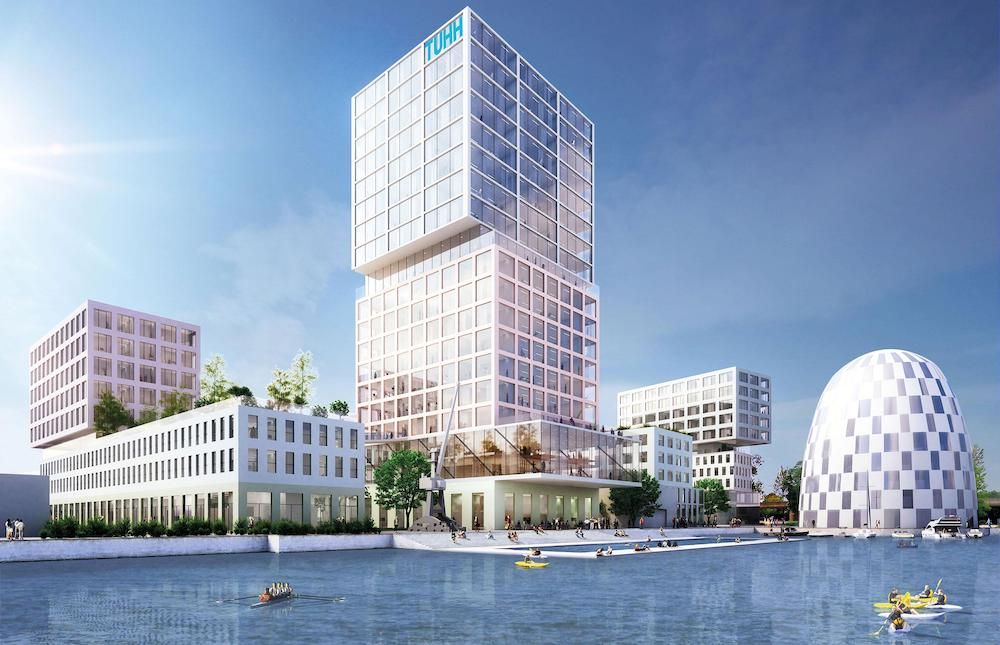
As explained by Ramon Gras, Urban Innovation Researcher at Harvard University and Co-founder of Aretian, “innovation districts that boost synergies with industries that have a comparative advantage in the region, and with export networks, tend to have a positive impact on society.” Gras’ research reveals that these districts generate “virtuous economic circles” that translate into numerous corporate initiatives, attract or create up to nine times more knowledge-intensive jobs, and generate twenty times more economic production per inhabitant .
In cities such as Antwerp, Rotterdam, Hamburg or Barcelona, ports are located in the heart of their respective innovation districts, taking advantage of their function as multimodal import and export centers, the reconversion of disused buildings located in an attractive environment, and the demand for technological innovation generated by the sector.
Innovation districts are the result of alliances between ports and other local agents to promote native or foreign talent and revitalize nearby neighborhoods
Port innovation hubs
Rotterdam decided to give a second life to the building that once belonged to Rotterdamsche Droogdok Maatschappij (RDM), the largest shipbuilder in the city between 1902 and 1996. The building is situated on a quay in the Waalhaven district, right in the center of the harbor, surrounded by the river Meuse. It was acquired by the council to create an entrepreneurship campus in a partnership between the Port Authority and the University of Applied Sciences.
Today it houses more than 60 companies that educate, research and generate solutions for the port manufacturing industry of the future based on digitalization or energy transition. For example, Skel-Ex is a company which designs and markets ergonomic exoskeletons to minimize the risk of injury of shipbuilding workers.
RDM forms part of the Rotterdam Makers District, which spans both banks of the river. On the other side, Merwe-Vierhavensgebied (M4H), which is still growing, belongs to the same umbrella. This district specializes in generating innovation from additive manufacturing, robotization and material development, based on circularity and digitalization, for the maritime and industrial environments.
Although still seeking occupants, NextGen aims to become one of the world's leading centers for the development of ideas based on the principles of circular economy. Located on an 88-hectare site in the Churchill Industrial Zone that belongs to the port of Antwerp, this district started construction in 2019 with the aim of welcoming start-ups and more mature and consolidated companies that promote recycling, renovation and the reuse of materials that have reached the end of their life, such as plastics.
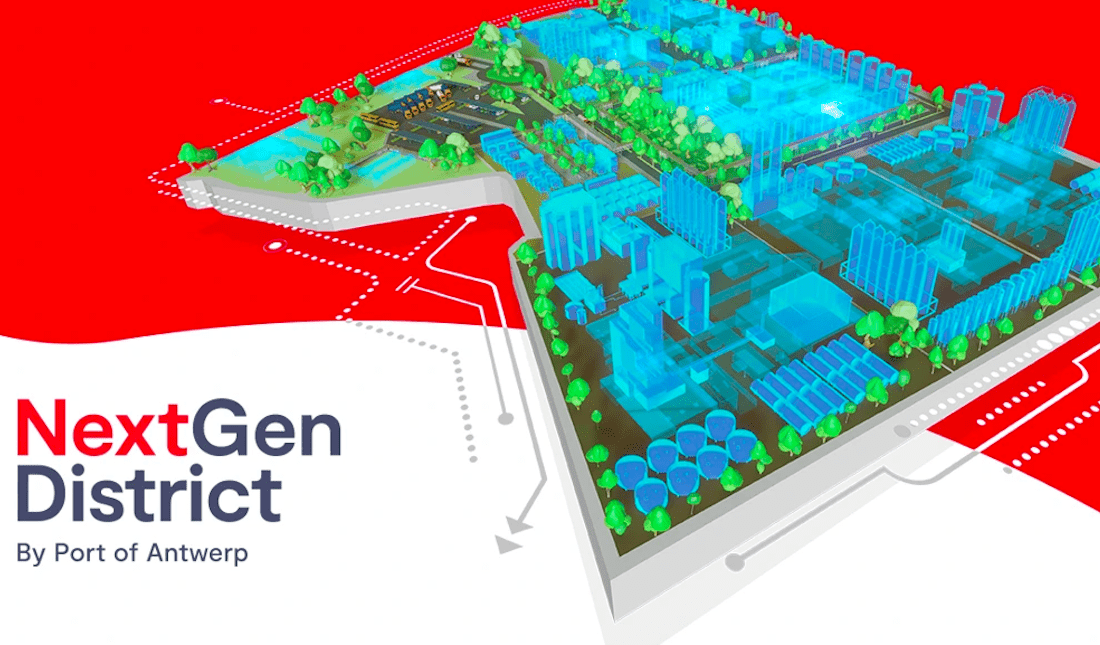
The district is divided into three parts: Demo, designed for start-ups to test their innovations; Park, where tested projects scale-up; and Lots, for leading and innovative companies seeking space in the port area.
Hamburg has two districts of these characteristics, Hamburg Innovation Port (HIP) and Hamburg Innovation Dock (HID). The first one focuses on generating digital technologies in the areas of logistics and transport, in a partnership with the Technical University Hamburg-Harburg. Located in the inner harbor of Harburg, its construction is divided into two phases. The first, HIP One, received its first occupants in the summer of 2019. Among them are, in addition to the university, different industrial companies dedicated to the digital and maritime economy, mechanical engineering or aviation and research, such as Fraunhofer.
HID, on the other hand, specializes in logistics solutions, and is integrated with the Digital Hub Logistics Hamburg umbrella. Located between the city and the port of the German city, connects companies, start-ups, research and education, all in one place. Promoted by the city council, the objective is to turn the city into the most important logistics center in northern Europe.
Barcelona also hosts several initiatives. On the one hand, the technological hub of European reference, Pier01, which houses more than 100 companies in a building of more than 11,000m2 born as the result of the strategic relationship between the Port of Barcelona and Barcelona Tech City, a private, nonprofit association driven by local entrepreneurs who also collaborate with the port scouting talents when the Port Authority requires the services of a start-up.
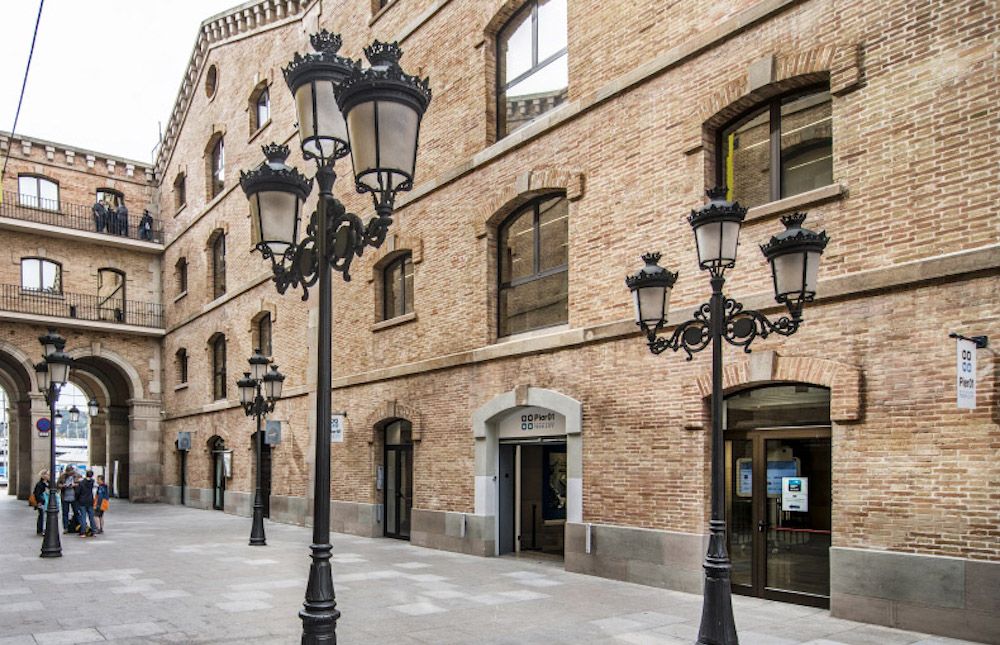
The second project is 3D Factory Incubator, the first European high-tech incubator in 3D printing, an initiative led by the Consorci de la Zona Franca de Barcelona (CZFB) and the Leitat Foundation, located on CZFB headquarters. This is the first step of a much broader initiative: DFactory 4.0, which will be developed in an initial space of 17,000 m2. Plans of expansion to a 100,000 m2 space are on its way, with the objective to convert this initiative into a benchmark of Industry 4.0.
The third is the agreement between the City Council, CZFB and Correos to rehabilitate the headquarters of the public postal service company. Barcelona Tech City will be in charge of launching a new technological incubator similar to Pier01. This space could house close to 150 companies and start-ups from the logistics and mobility sector.
Thus, as an example of a growing trend, the aforementioned cities have turned to their port areas, giving them a second life, feeding on their contagious dynamism and providing an innovative vision not only to the logistics chains, but also planting the seed of a transforming and transversal ecosystem which, in return, feeds back from the city’s vibrant life. Cities with ports are, today more than ever, cities with a technological and strategic direction.



